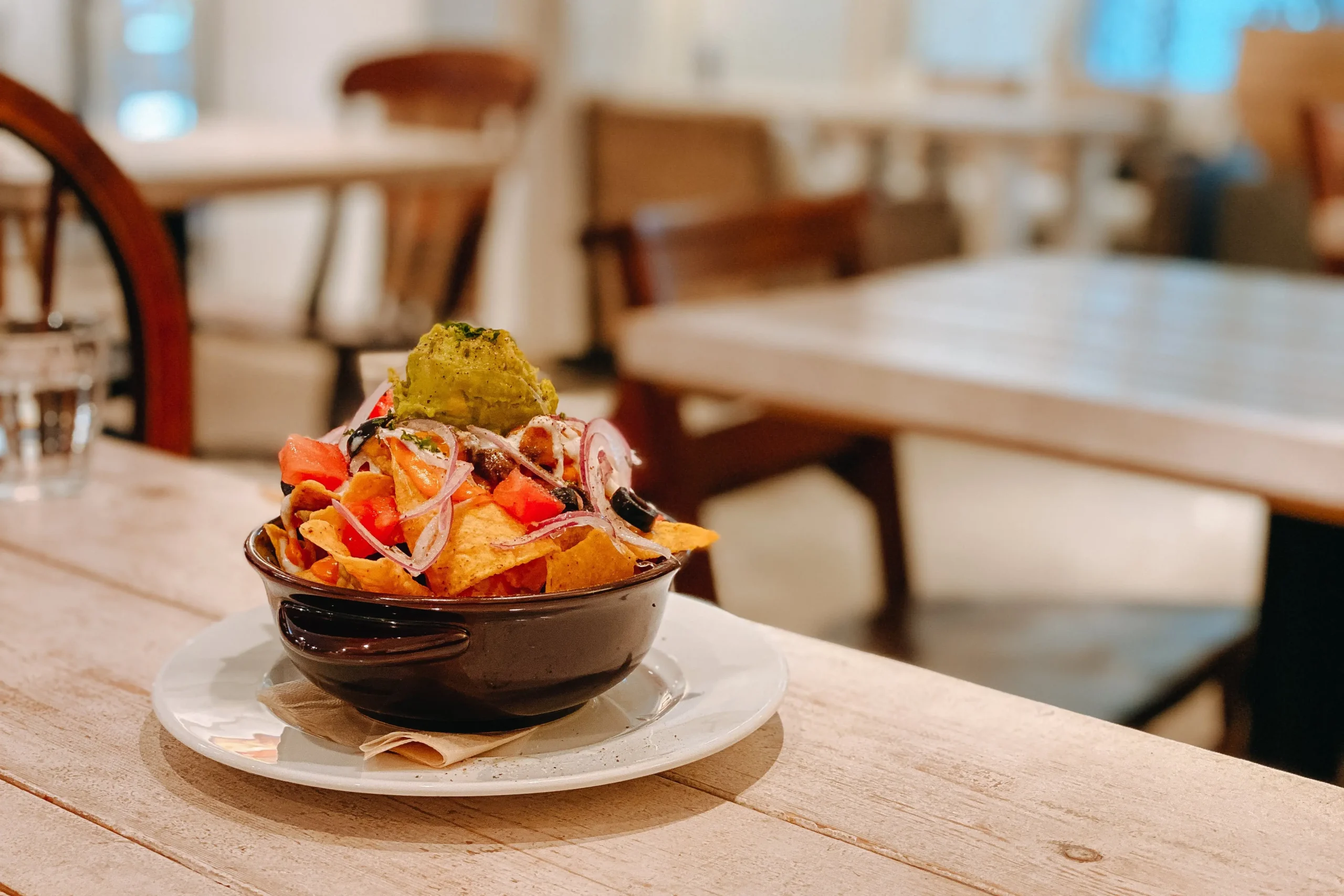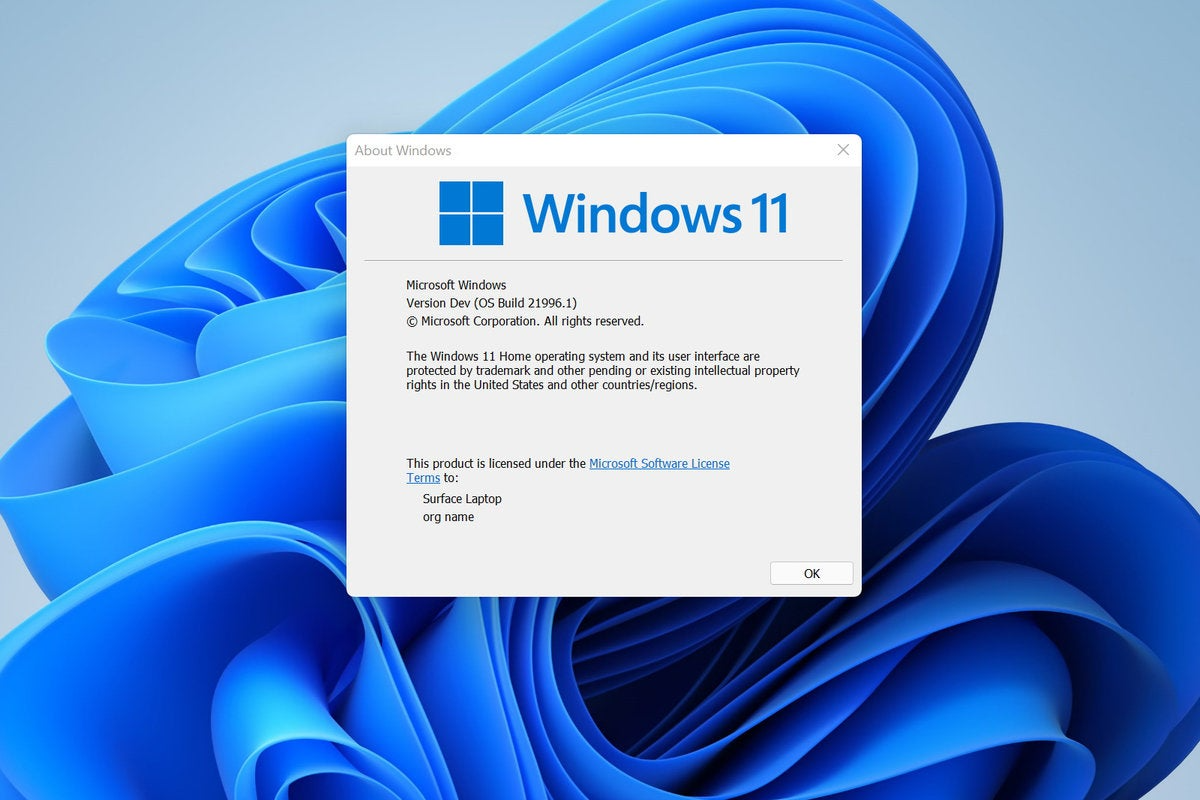
Rescuing Recipes: What to Do If You Added Too Much Salt
We’ve all been there. You’re humming along, adding spices, chopping veggies, and just as you’re about to taste your masterpiece…boom! A rogue pinch of salt throws everything off-balance. Your beautiful melody turns into a salty siren song.
But fear not, brave chefs! This guide is your map to navigate the kitchen mishaps and turn them into delicious victories. We’ll explore various techniques, like secret agents and magic tricks, to rescue your dish from the salty clutches of over-seasoning.
Imagine this: You’re in the kitchen, a culinary conductor orchestrating a symphony of flavors. Your spatula dances like a baton, blending spices and aromas. Herbs and vegetables add texture and color, each ingredient a note in your tasty tune.
Suddenly, a rogue pinch of salt, like a cymbal crash in the wrong place, throws everything off-key. Your symphony becomes a salty screech.
Don’t panic! This guide is your backstage pass to fix the salty chaos and get your culinary performance back on track.
So, grab your apron, let’s explore the art of recipe rescue!
1. What to Do If You Added Too Much Salt (Dilution Techniques):
The Liquid Symphony:
When your dish is drowning in salt, unsalted liquids become the heroes. Water, broth, stock, tomato sauce, and coconut milk come to the rescue. The key is to add them slowly, letting the flavors dance together. Taste, adjust, and repeat – that’s the way to save your creation.
Starchy Allies:
Pasta, rice, potatoes, and crumbled bread act like helpers, soaking up excess salt while adding substance. Think of them as flavor sponges, contributing without stealing the show. Slowly mix them in for a harmonious result.
Vegetable Harmony:
Neutral-flavored vegetables like zucchini, potatoes, and mushrooms play supporting roles, adding texture and balance. They join the mix bit by bit, weaving their magic without taking over.
Protein Intervention:
Beans, lentils, tofu, and unsalted meats step up, providing a protein-powered solution. Adding them slowly ensures a perfect blend of flavors. It’s a rescue mission where proteins become the balance keepers.
2. Acidic Ingredients:
Citrus Elegance:
Imagine a citrus orchestra countering saltiness. Lemon, lime, orange, and grapefruit juices brighten the flavors. But it’s a delicate dance – start with small amounts and let the citrus notes lead.
Vinegar Ballet:
White wine, apple cider, and rice vinegar join in, adding a tangy twist. Like skilled dancers, they step in gracefully, enhancing without taking over.
Dairy Symphony:
Sour cream, plain yogurt, and buttermilk, with their creamy notes, join the ensemble. These three add richness and tang, countering saltiness with finesse. Small amounts, like gentle notes in a melody, are the key.
3. Sweeteners:
The Sweet Serenade:
As the salty story unfolds, sugars and natural sweeteners become unsung heroes. Granulated sugar, brown sugar, honey, and maple syrup delicately cut through saltiness. Fruits like pineapple, mango, and papaya offer natural sweetness, but be careful not to overpower.
4. Absorption/Neutralization:
Potato Alchemy:
In the world of absorbing excess salt, potatoes become magical. Cut, boiled, and then discarded, they absorb the salt, saving your dish from its salty fate.
Bread Magic:
Crumbling and toasting bread, only to remove it later, cleverly masks the perception of salt. This trick works wonders, especially in thicker dishes.
Flour Alleviation:
As a last-resort measure, flour comes into play. Mixed in, cooked briefly, and then strained, it may neutralize excess salt. But be cautious – it might change the texture, so use it sparingly.
5. Serving Strategies:
Presentation Perfection:
Adjusting the presentation becomes a visual rescue mission. Fresh herbs, spices, and garnishes act like artists, diverting attention from the saltiness. This is where looks meet flavor.
Creamy Companions:
Enter creamy or fatty accompaniments – rice cream and avocado – adding richness to balance out the saltiness. Imagine them as culinary companions, walking hand-in-hand with your dish.
Distracting Side Dishes:
Serving your dish with acidic or sweet side dishes, like salads or fruits, creates a balanced sensory experience. Picture them as supporting actors, enhancing the overall flavor story.
Personal Touch:
As someone who loves cooking, I’ve faced my fair share of kitchen adventures. One memorable incident involved a hearty stew that turned too salty. In my quest for redemption, I discovered the magic of potatoes. Boiling and adding them to the mix absorbed the excess salt, turning the stew into a savory delight.
Rescuing Recipes:
Dilution Delight – Vegetable Pasta Medley:
Ingredients:
- 1 cup pasta
- 1 cup zucchini, sliced
- 1 cup cherry tomatoes, halved
- 1/2 cup unsalted vegetable broth
Instructions:
- Cook pasta following package instructions.
- In a separate pan, sauté zucchini until tender.
- Add cherry tomatoes and vegetable broth, simmering for 5 minutes.
- Gradually add the cooked pasta, tasting after each addition to get the desired salt balance.
Citrus Infusion – Tangy Citrus Chicken:
Ingredients:
- 2 boneless, skinless chicken breasts
- 1/4 cup fresh lemon juice
- 2 tablespoons white wine vinegar
- 1 tablespoon olive oil
Instructions:
- Season chicken breasts with minimal salt.
- Mix lemon juice, white wine vinegar, and olive oil in a bowl.
- Marinate chicken in the citrus mixture for at least 30 minutes.
- Grill or bake the chicken until fully cooked.
- Drizzle with additional citrus marinade before serving.
Sweet Harmony – Maple-Glazed Sweet Potatoes:
Ingredients:
- 2 large sweet potatoes, peeled and cubed
- 2 tablespoons maple syrup
- 1 tablespoon unsalted butter
- Pinch of cinnamon
Instructions:
- Boil sweet potatoes until fork-tender.
- Drain and return to the pot.
- Add maple syrup, unsalted butter, and a pinch of cinnamon.
- Mash together until smooth, adjusting sweetness to taste.
Flavorful Presentation – Herb-Infused Tomato Salad:
Ingredients:
- 2 cups cherry tomatoes, halved
- Fresh basil leaves, chopped
- 1 tablespoon balsamic vinegar
- 1 tablespoon olive oil
- Salt to taste
Instructions:
- Combine cherry tomatoes and fresh basil in a bowl.
- Drizzle with balsamic vinegar and olive oil.
- Gently toss and add a pinch of salt, tasting to achieve the desired balance.
Troubleshooting Tips:
For Soups and Stews:
- Dilute with unsalted broth or water gradually.
- Increase vegetable content for added freshness.
- Consider serving with a side of crusty bread to absorb excess salt.
For Meats:
- Choose a citrus-based marinade to counteract saltiness.
- Pair with creamy sauces or sides to balance flavors.
- Experiment with absorption techniques like crumbled bread in meatloaf.
For Side Dishes:
- Adjust seasonings with a touch of sweetness.
- Incorporate fresh herbs and spices for distraction.
- Serve with complementary sides, like a refreshing salad.
Conclusion:
In the cooking world, every mistake is a chance for something amazing. Overcoming too much salt is an art. As we recap the various techniques – from dilution and acidity to sweetness, absorption, and serving strategies – remember that tasting throughout is crucial. Your taste buds are your ultimate guide.
Encouragement for Culinary Explorers:
Embark on your cooking journey with a spirit of adventure. The solutions shared are starting points; the real magic happens when you create your own rescue strategies. Let every kitchen mishap be a chance for discovery, and may your cooking adventures be filled with perfectly balanced flavors. Happy cooking!
FAQ:
What should I do if I accidentally put too much salt in my dish?
Fear not! If your dish is too salty, you can try dilution techniques. Use unsalted liquids like water, broth, or tomato sauce gradually. Add starchy foods like pasta or rice to soak up excess salt. Incorporate neutral-flavored vegetables and proteins slowly to restore balance.
Can acidic ingredients help counteract saltiness?
Absolutely! Citrus juices, vinegar, and dairy products like sour cream can add a tangy twist and balance out saltiness. Just be cautious and start with small amounts, allowing the flavors to blend seamlessly.
How can sweeteners rescue an oversalted dish?
Sweeteners like sugar, honey, or maple syrup can cut through saltiness. Fruits such as pineapple and mango also offer natural sweetness. However, be careful not to overpower your dish; a delicate balance is key.
!








